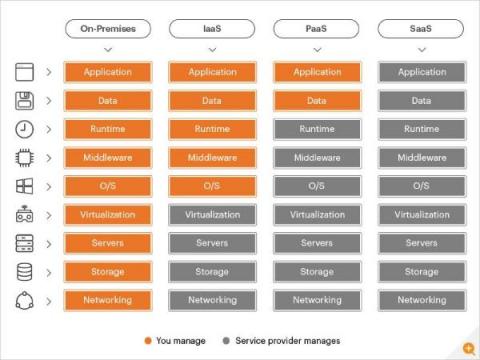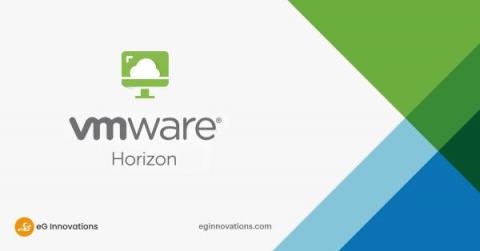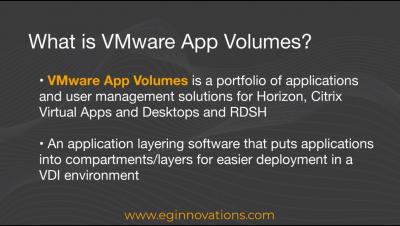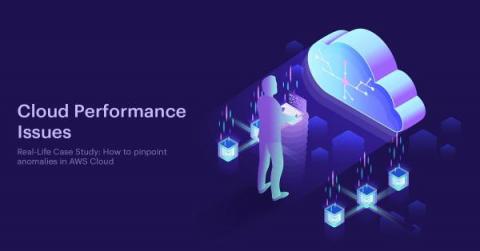How to Monitor Microsoft Teams
There is no doubt about it that the events of 2020 triggered a huge surge in the use of unified communication products. In the consumer space, everyone and their grandmother became familiar with Zoom; in the enterprise space though, many took advantage of their Microsoft licensing to leverage Teams meetings and calls as a primary communication mechanism. This, in turn, has focused a lot more attention for system administrators on how to monitor Microsoft 365 (O365) and Teams in particular.






